The Effects and Risks of Red Light Therapy
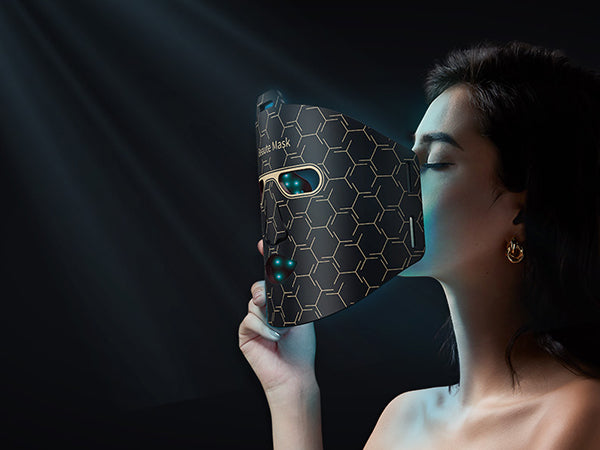
In recent years, facial red light therapy has become one of the hottest trends in beauty and skincare. Whether through LED light therapy masks, handheld red light therapy devices, or professional spa treatments, people are increasingly curious about its ability to improve skin quality, reduce signs of aging, and even help with conditions like acne or eczema. But with its growing popularity, a key question remains: what are the real benefits, and are there any risks you should consider?
The main effect of red light therapy for skin lies in its ability to stimulate collagen production, boost cellular energy, and improve circulation. Users often report smoother texture, fewer fine lines, and improved elasticity after consistent use. For those dealing with inflammation, redness, or breakouts, red LED light therapy masks may calm irritation and support skin repair. Many at-home devices now use safe wavelengths (usually around 630–660nm) that penetrate just deep enough to stimulate the dermis without damaging the skin. This non-invasive and painless approach is why it’s widely used for anti-aging and skin rejuvenation.
However, like any beauty technology, there are important risks and limitations to know. Red light therapy is not a one-time miracle; it requires consistent sessions, often several times a week for months, to see visible results. Overuse or misuse, especially with low-quality devices that lack FDA clearance, could cause temporary skin sensitivity, dryness, or irritation. People with specific conditions, such as photosensitive skin, or those taking medications that increase light sensitivity, should consult a dermatologist before starting. Additionally, while red light therapy can improve skin tone and support healing, it cannot completely replace medical treatments for severe skin conditions.
In conclusion, facial red light therapy offers significant benefits for anti-aging, skin repair, and overall glow, but it is not without its risks. When using high-quality, dermatologist-recommended devices like LED therapy masks or professional-grade at-home machines, the benefits often outweigh the drawbacks. For most users, the key is consistency, safety, and realistic expectations. With the right approach, red light therapy can be a valuable part of a modern skincare routine—delivering visible improvements while keeping skin health a top priority.
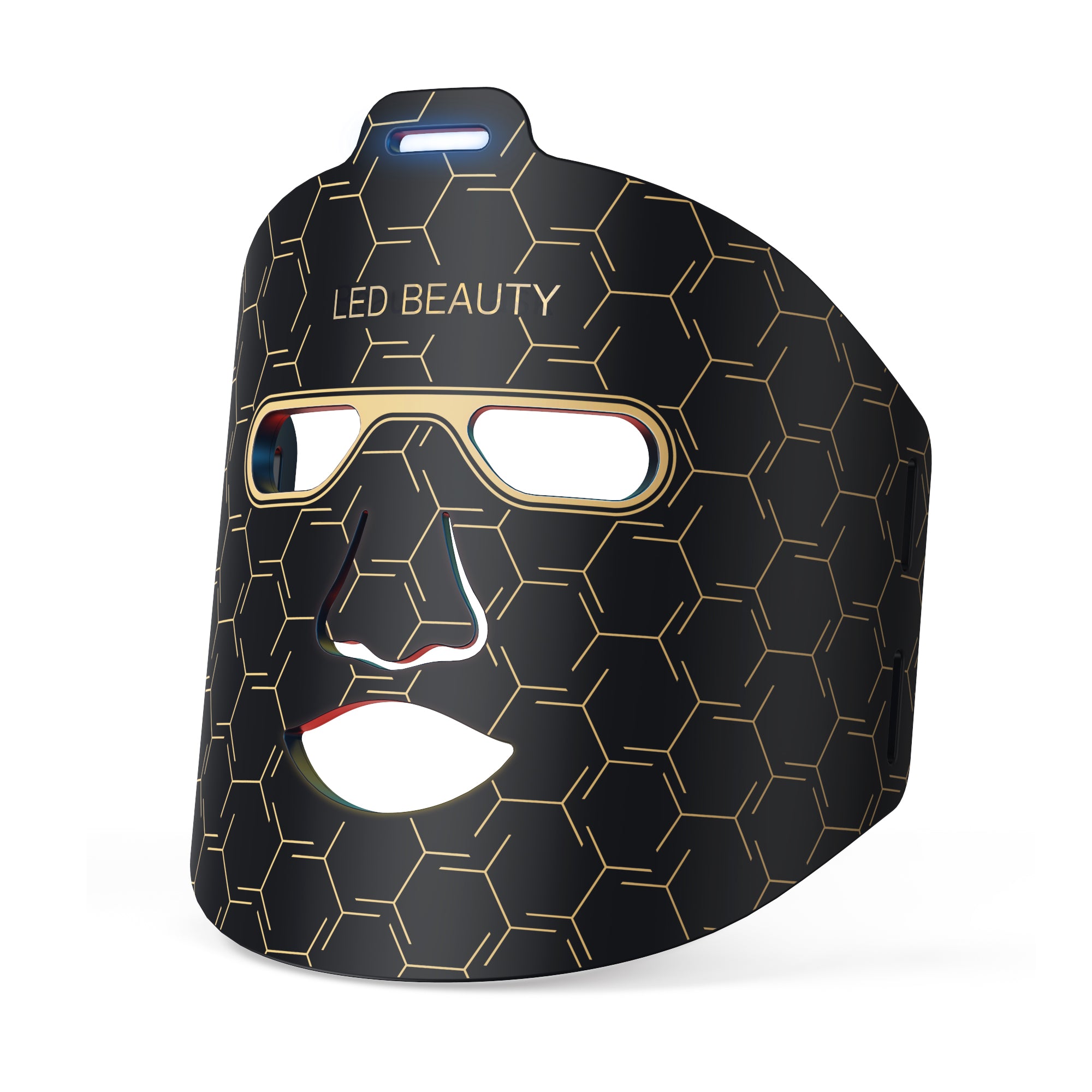
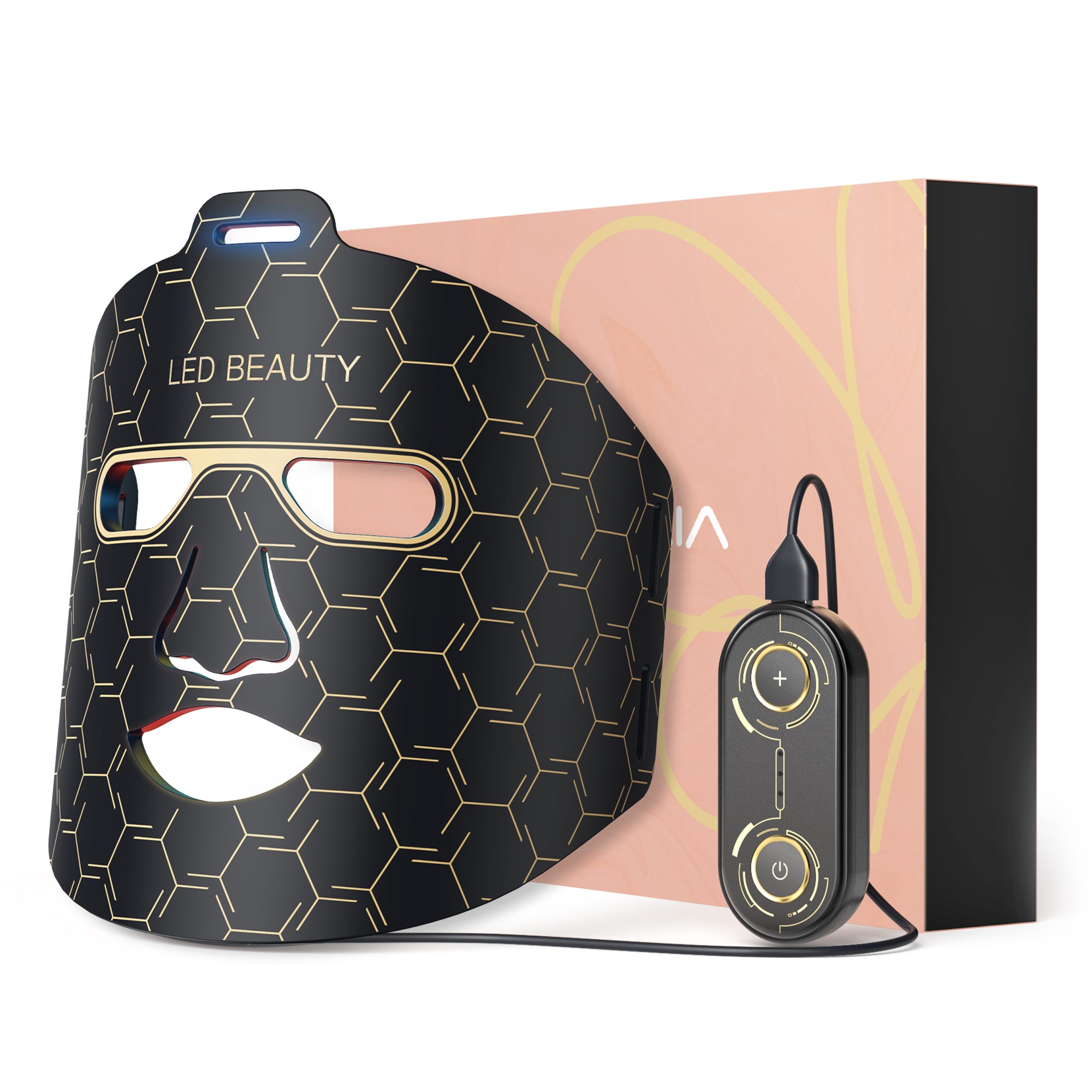

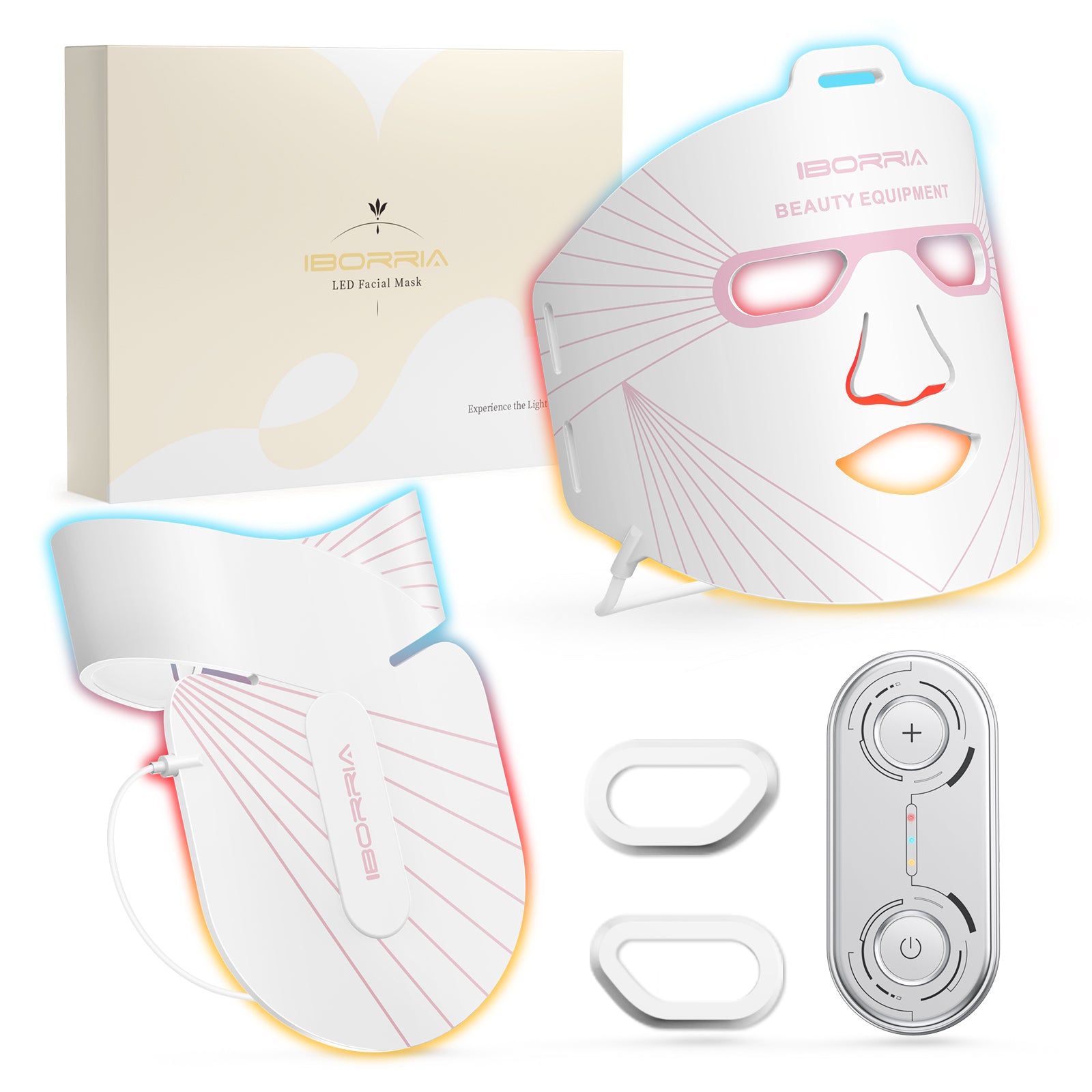
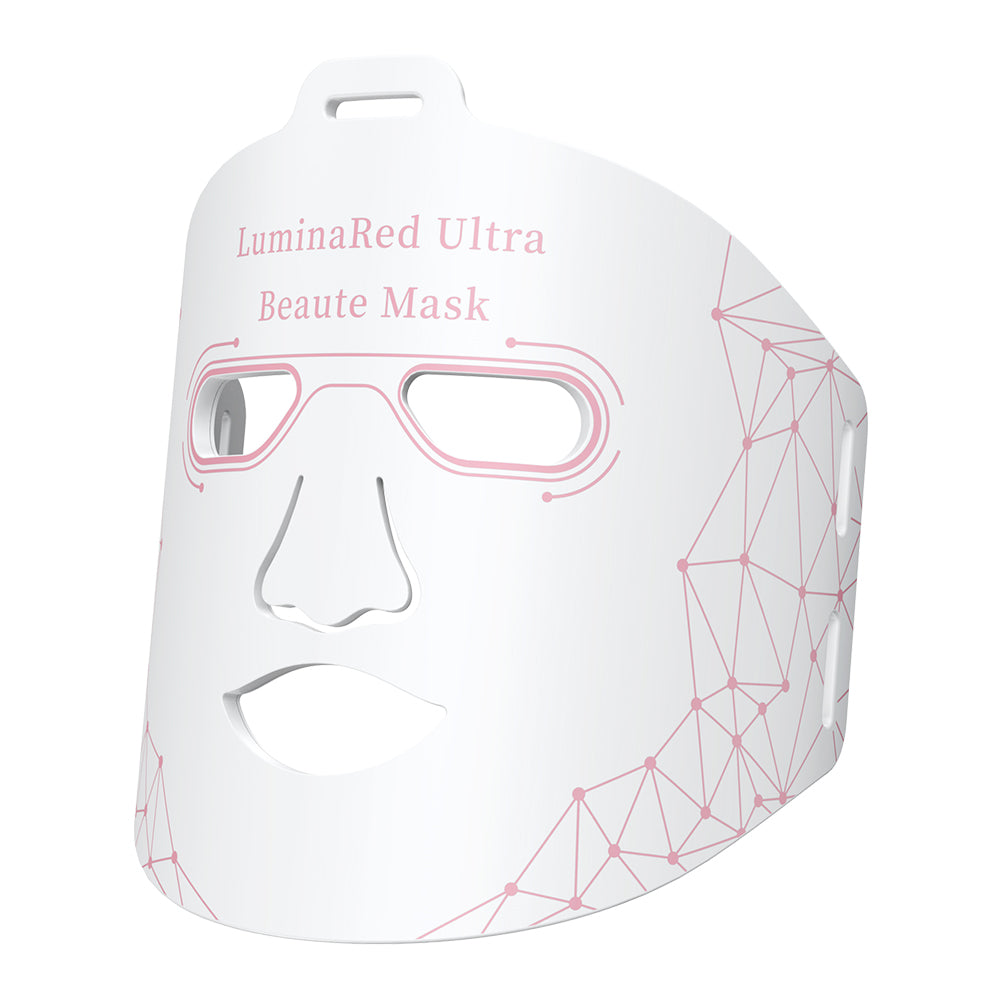
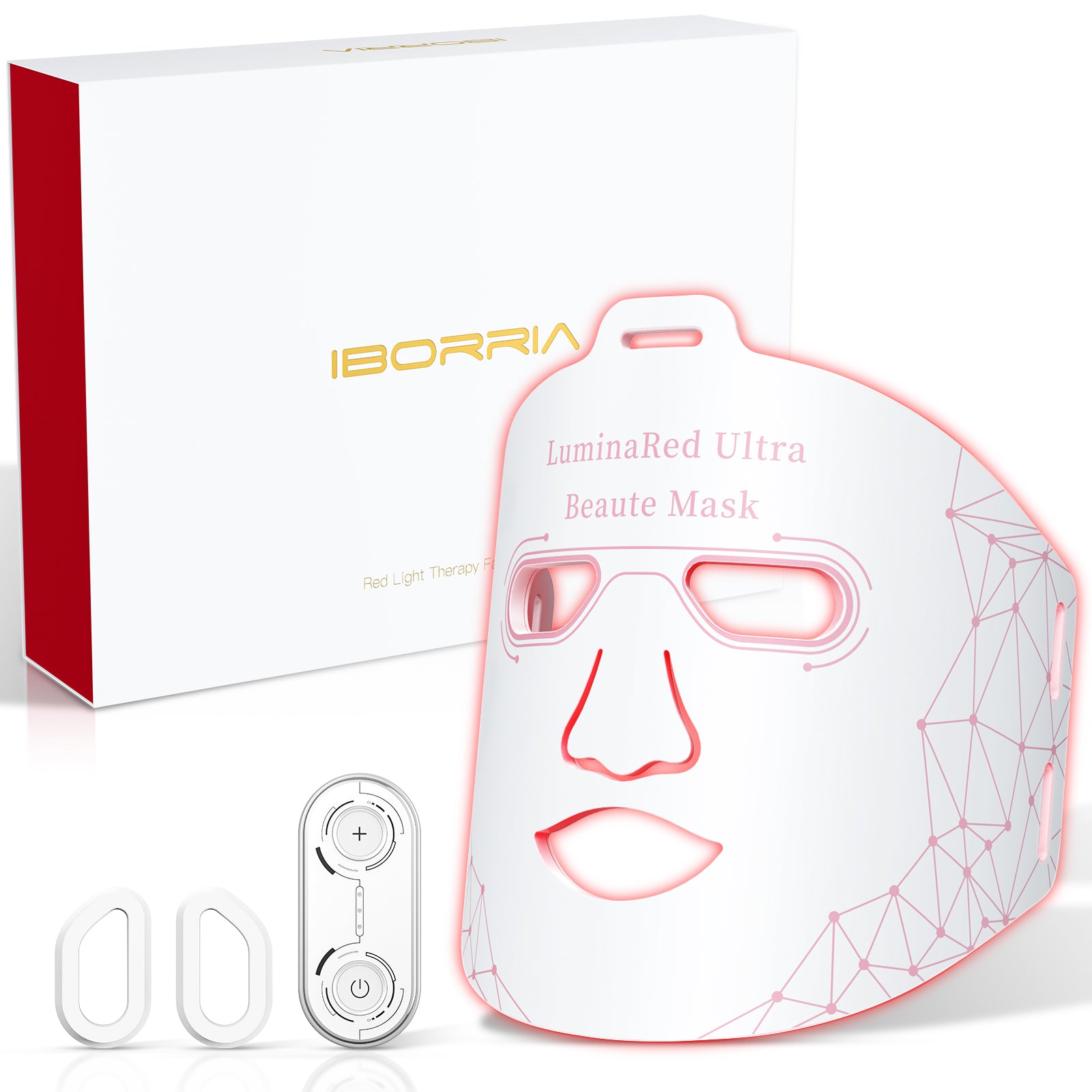
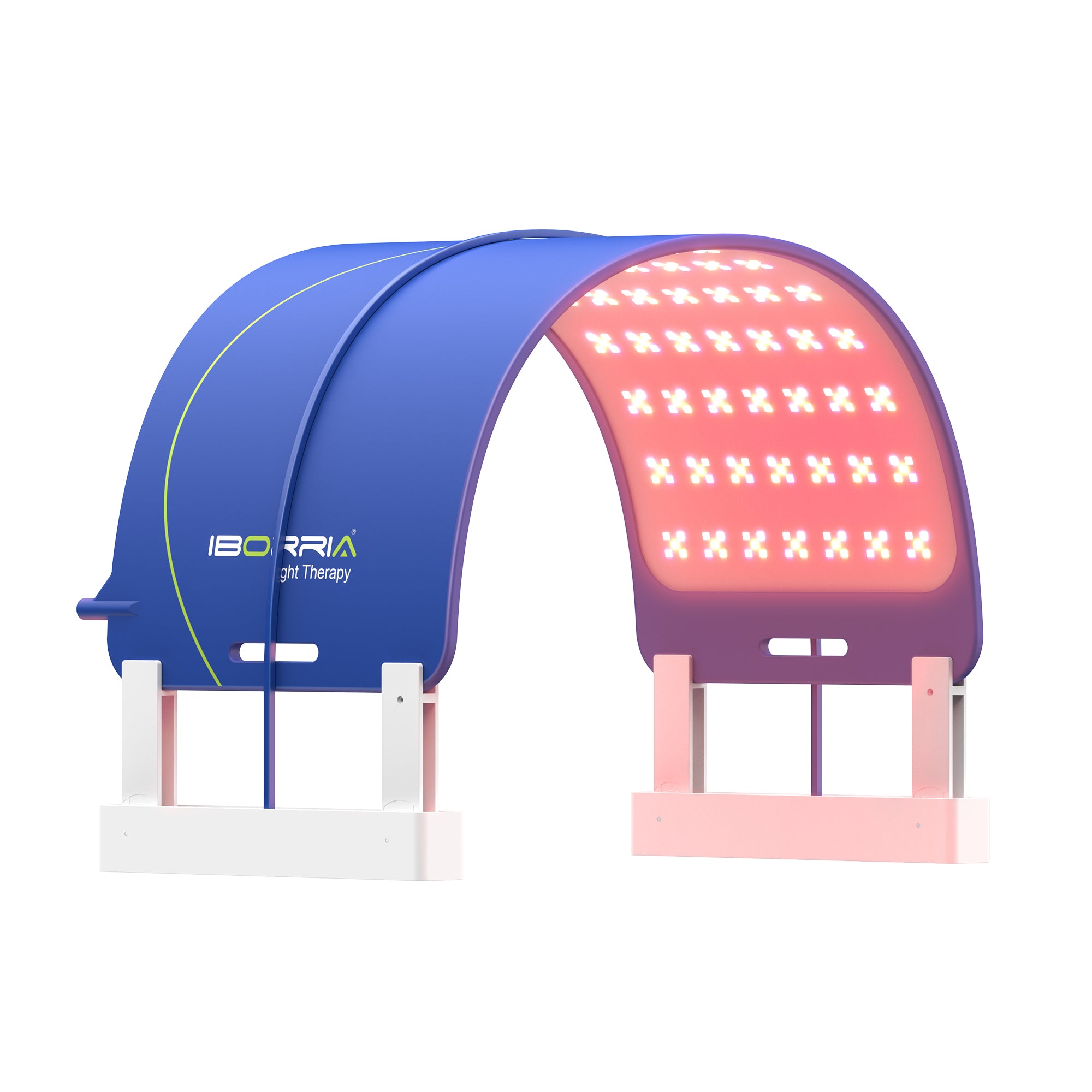
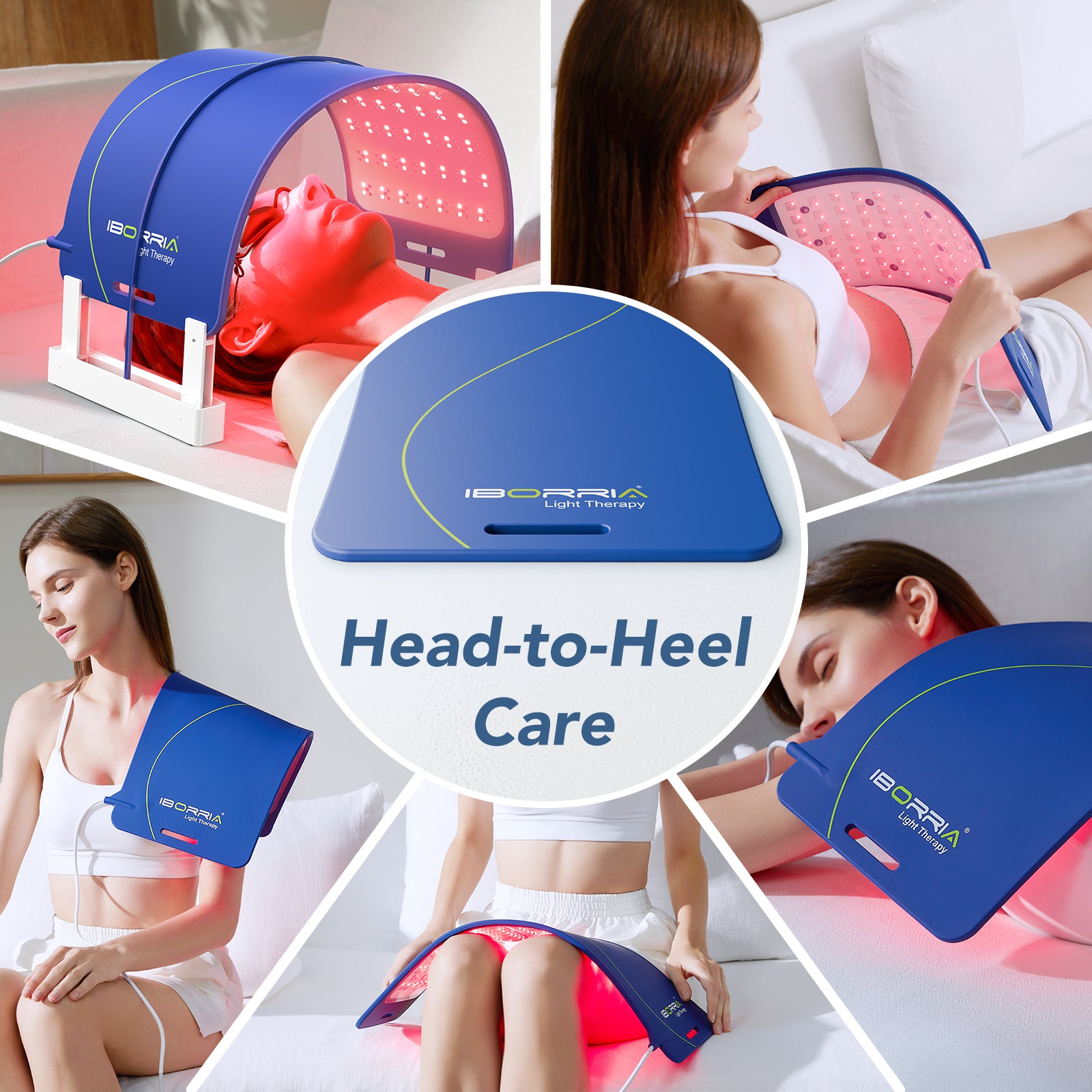
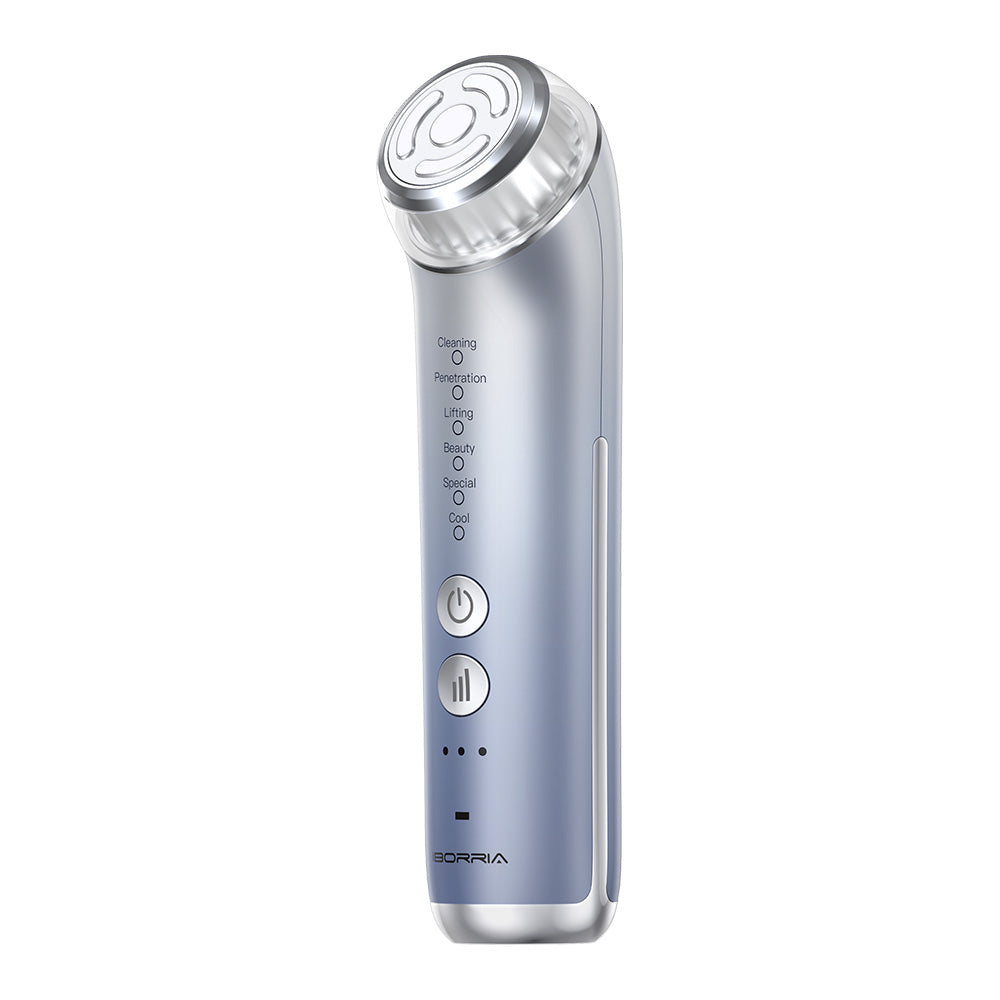
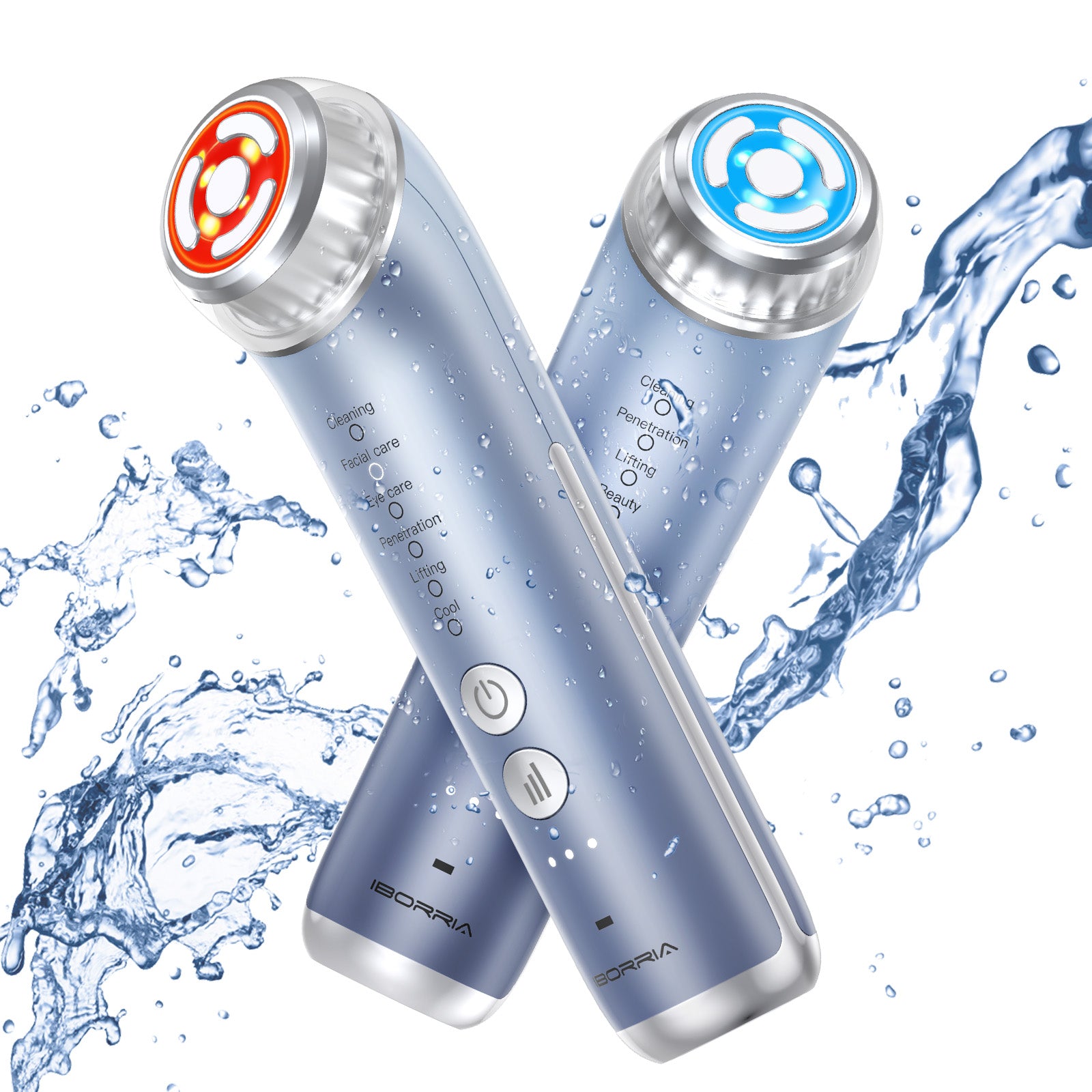
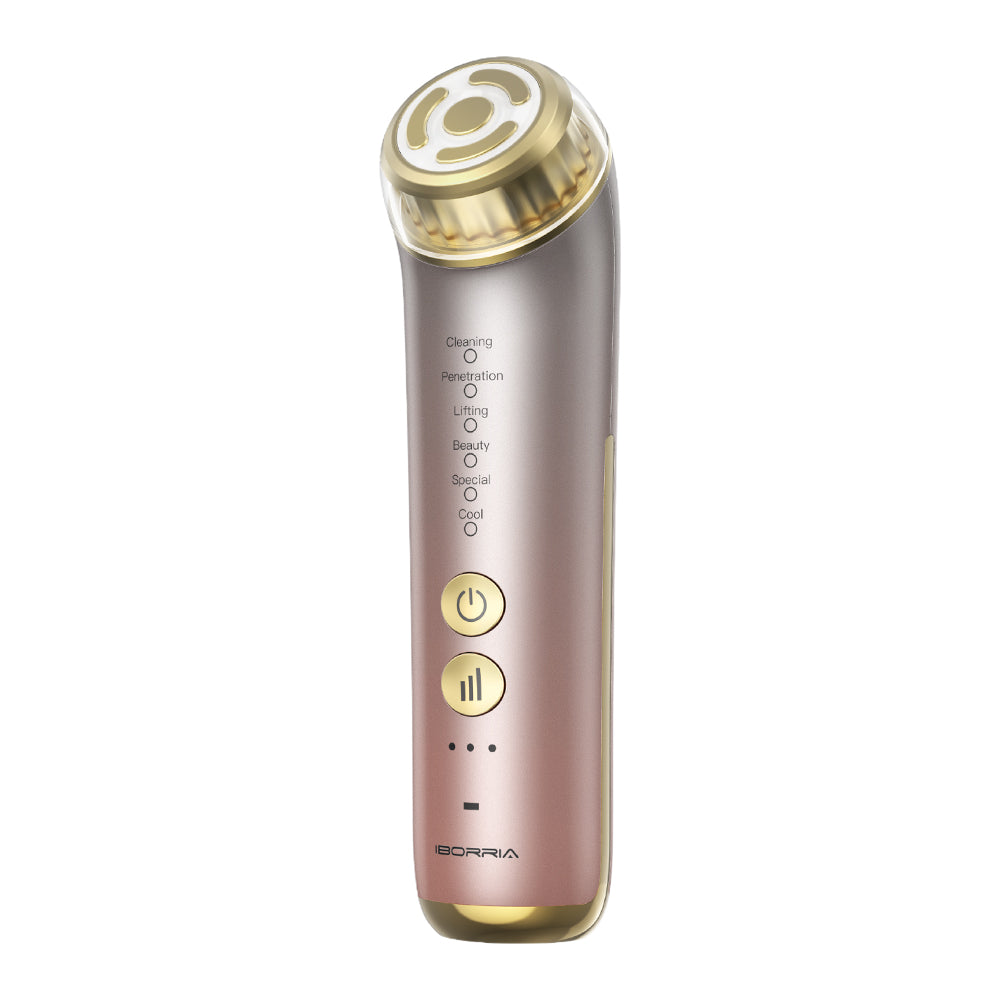
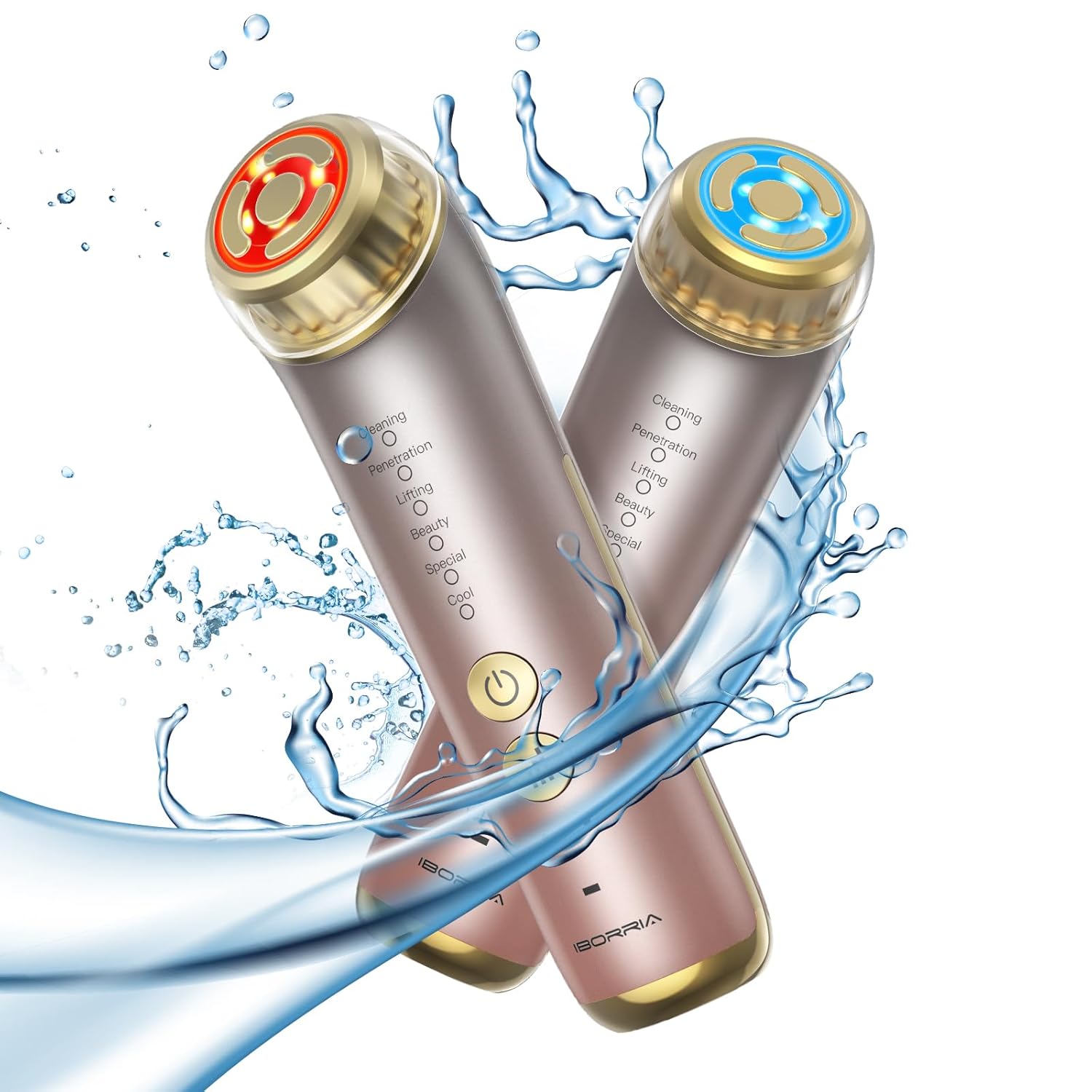

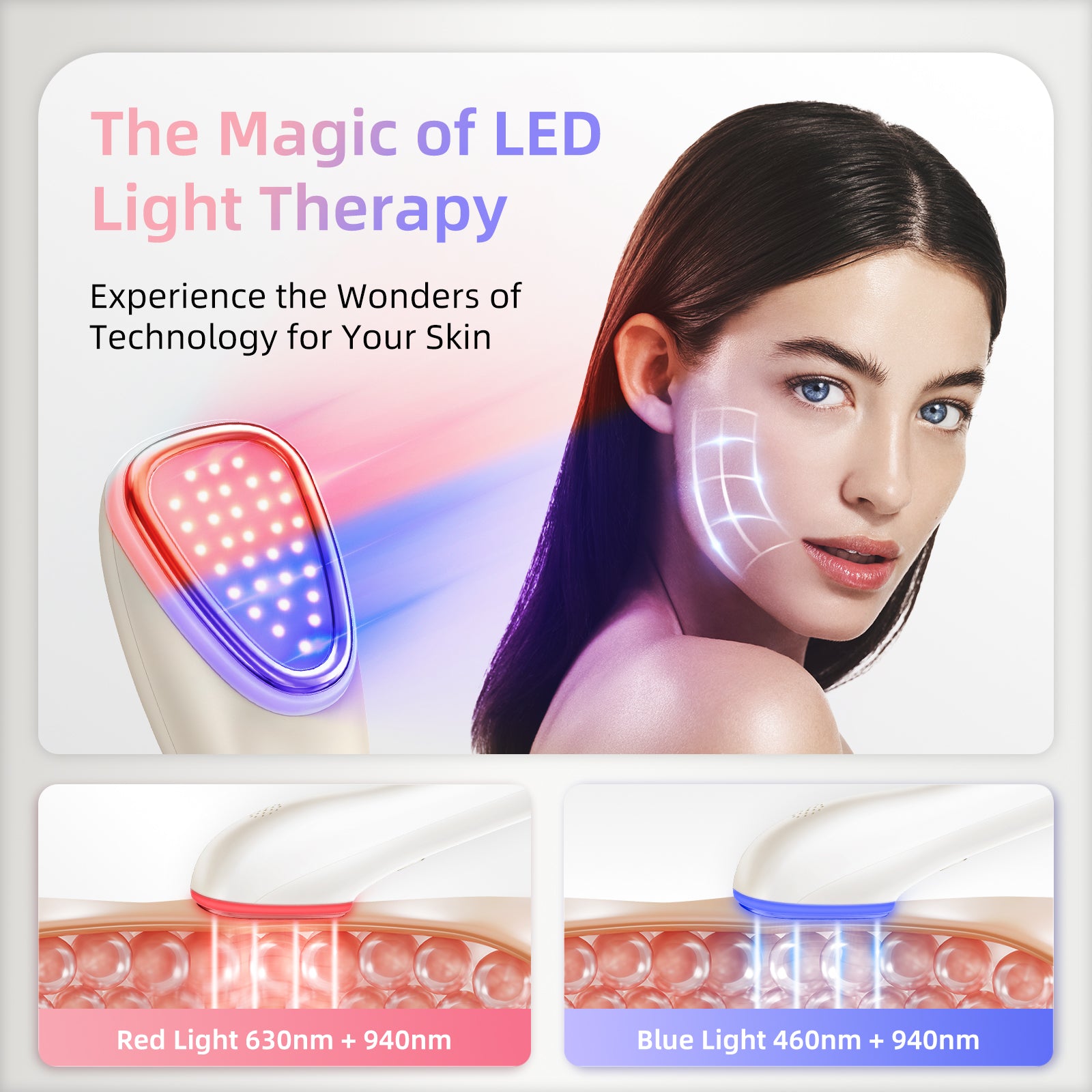

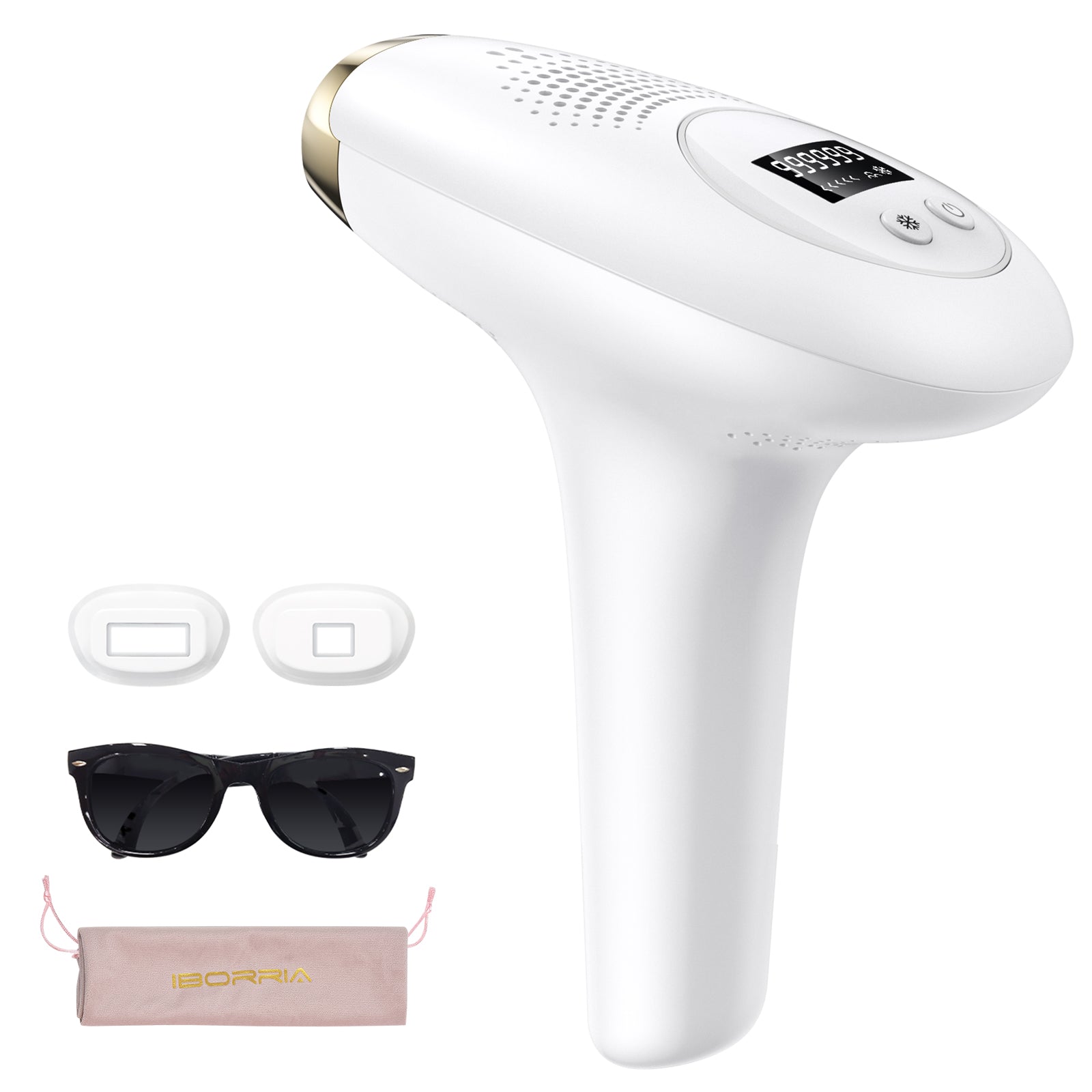
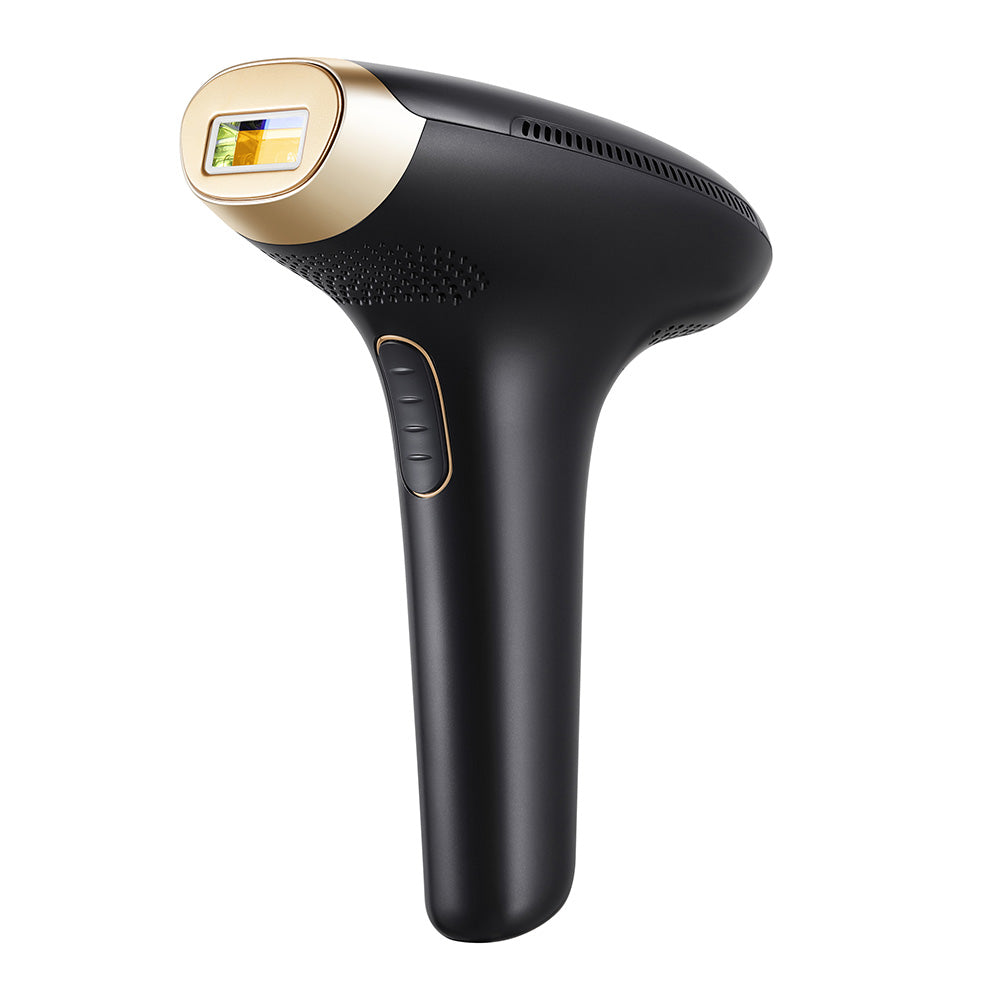
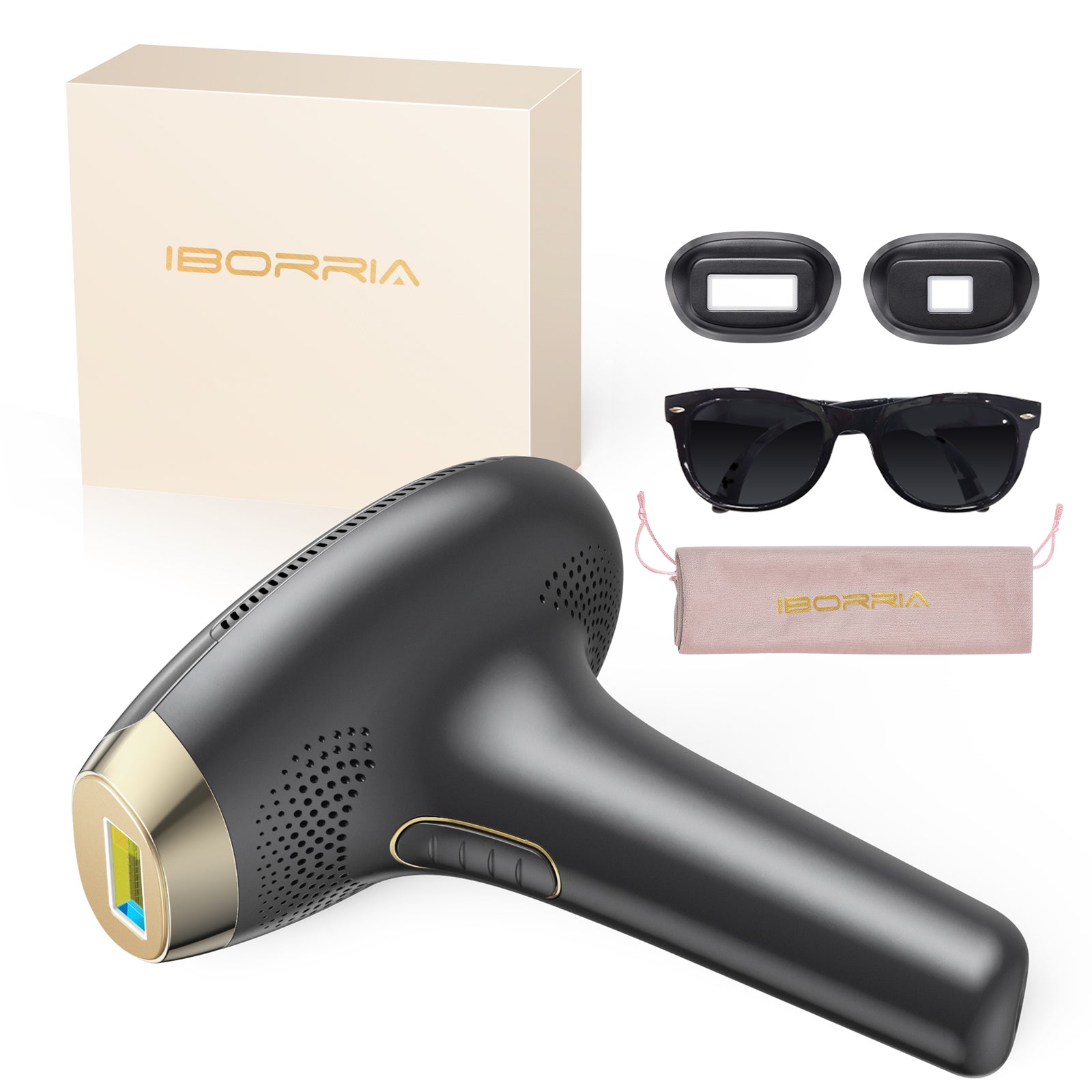

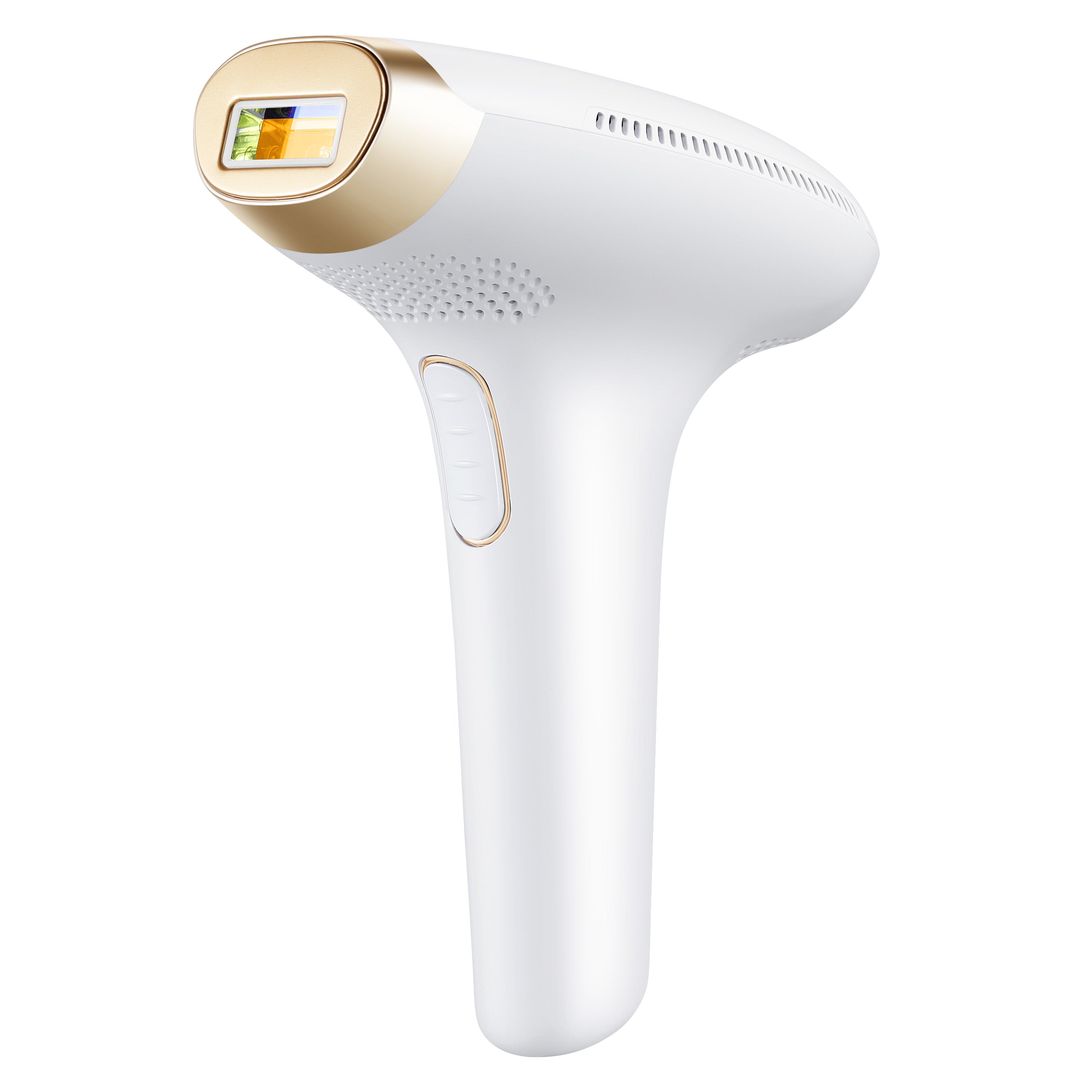
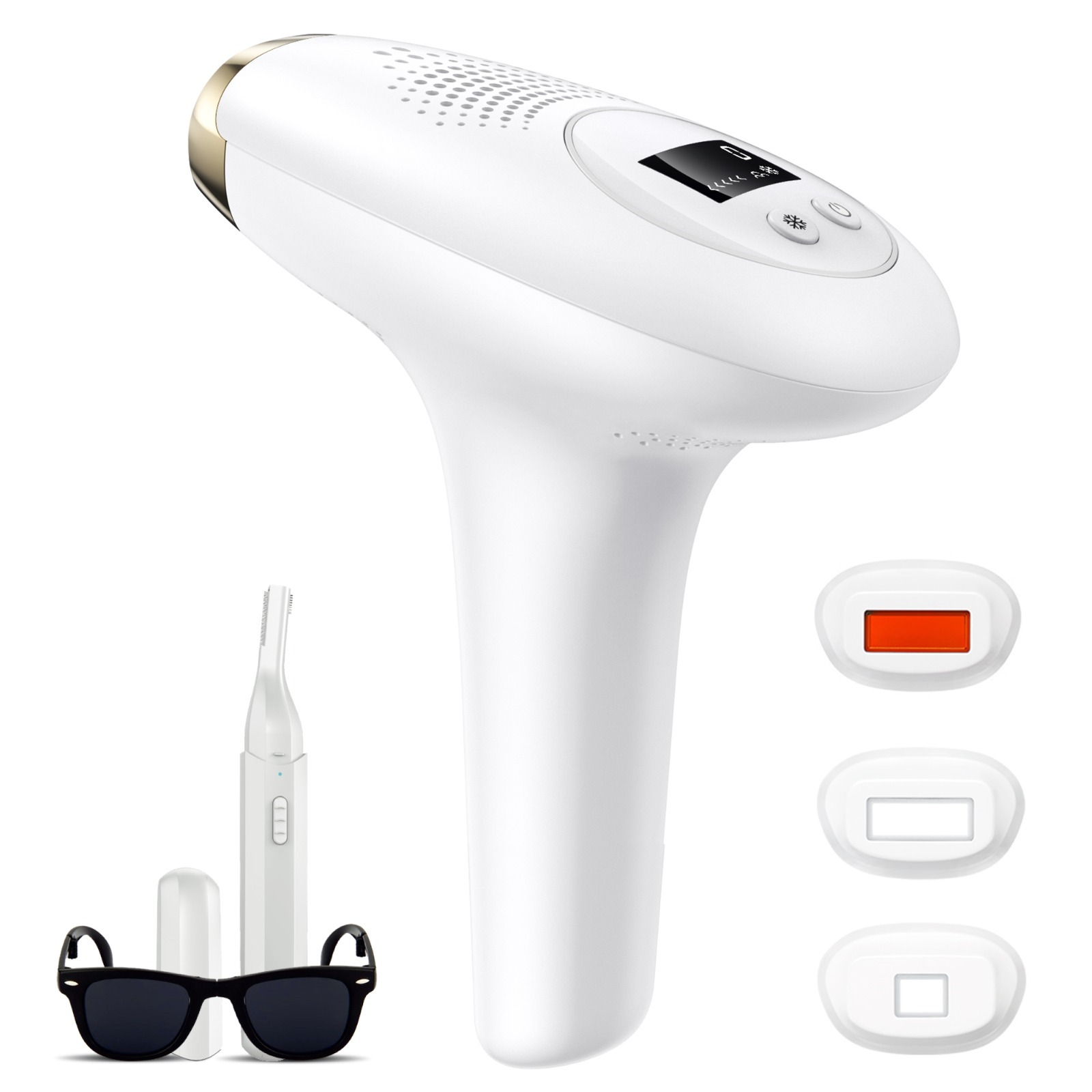
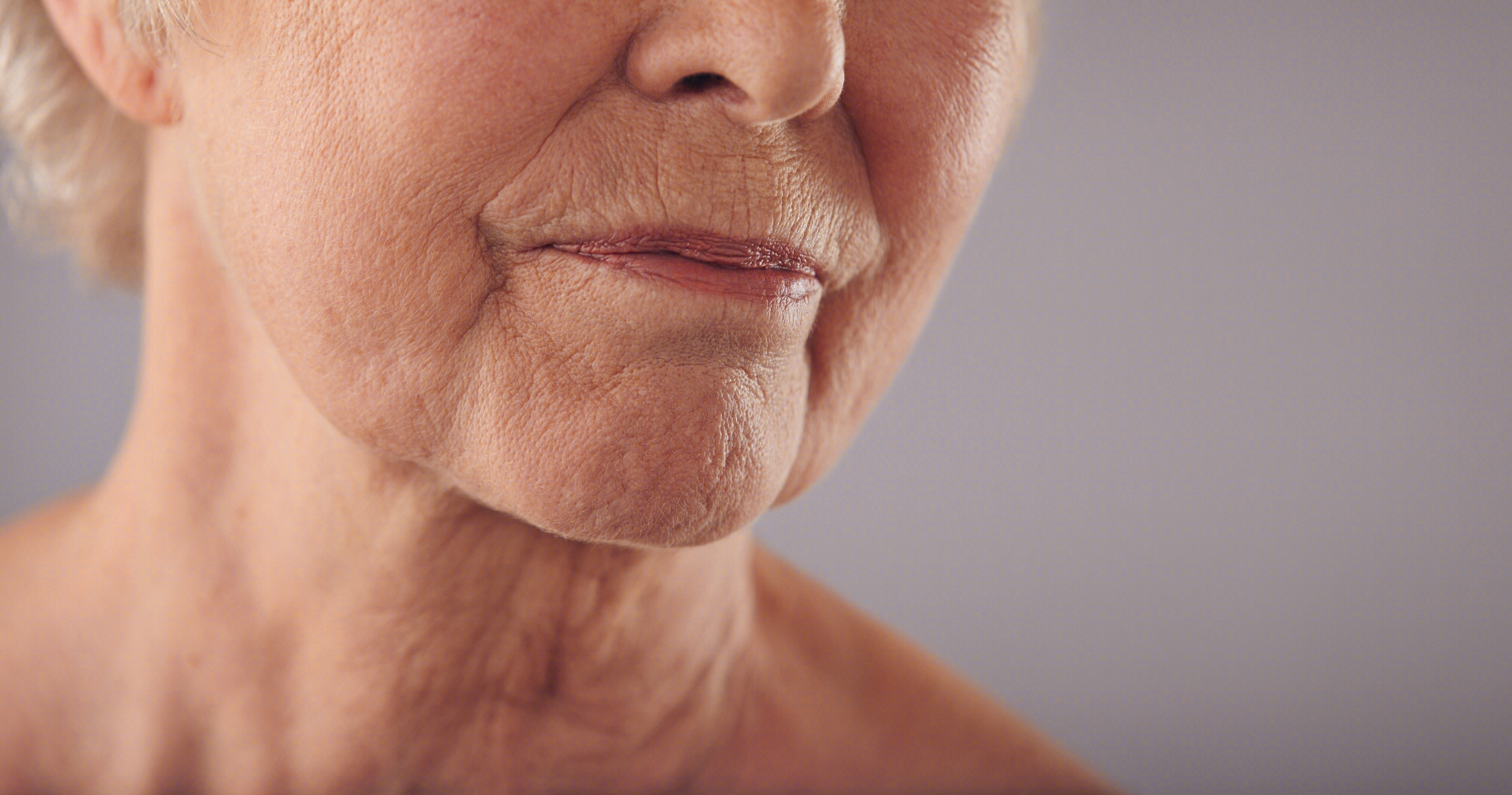
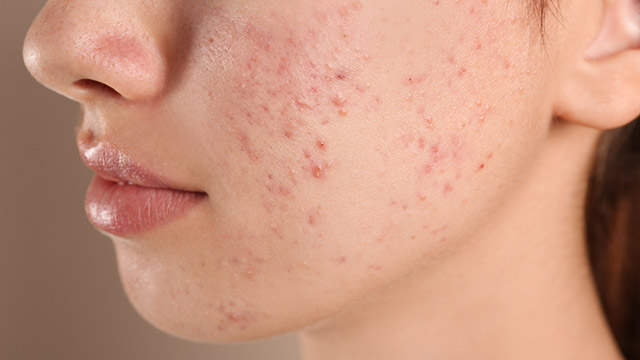
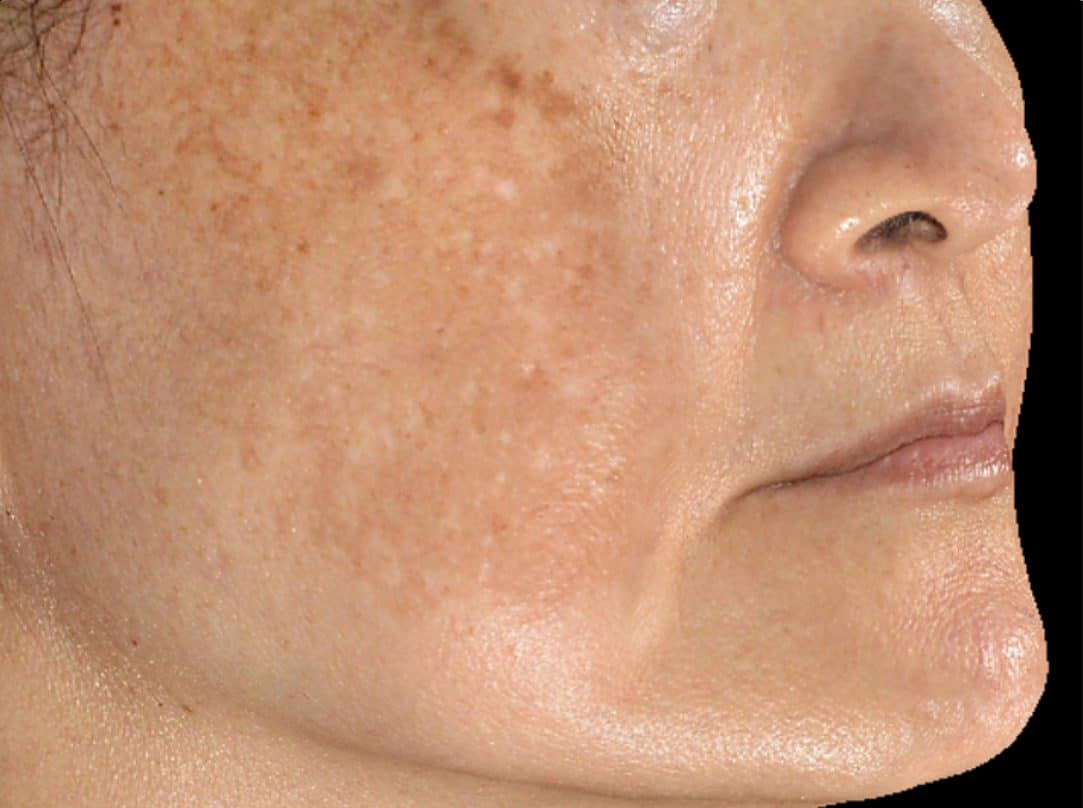

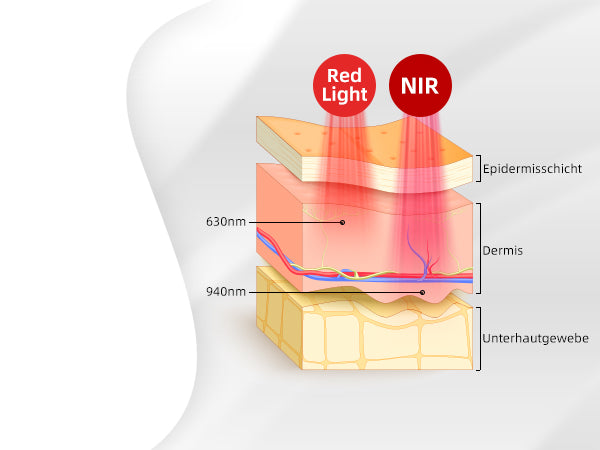
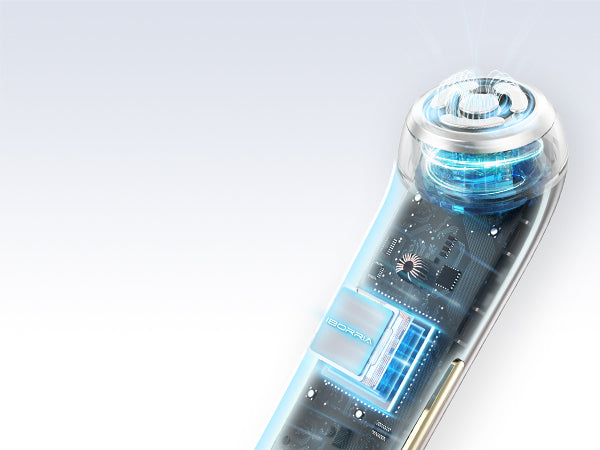
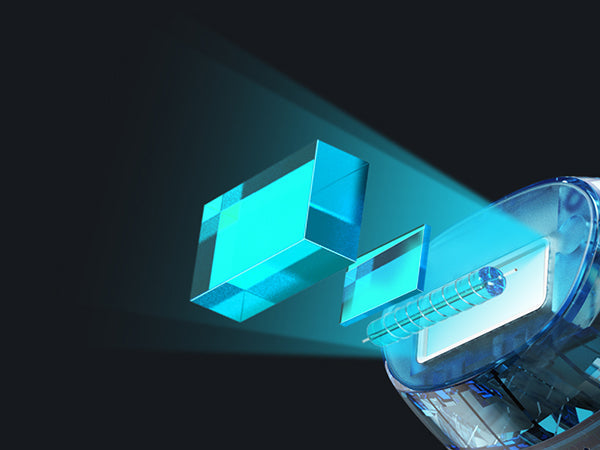

Kommentare